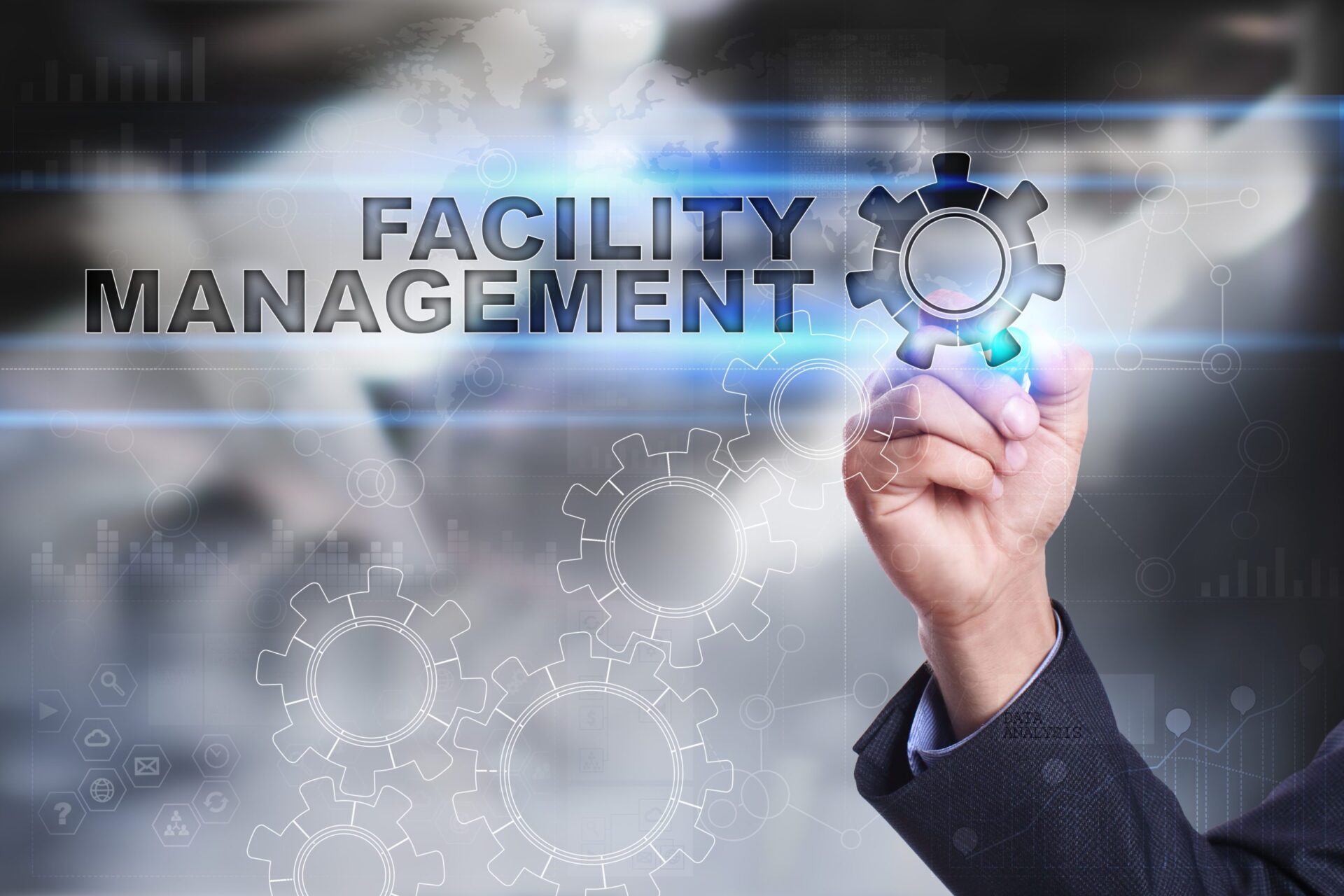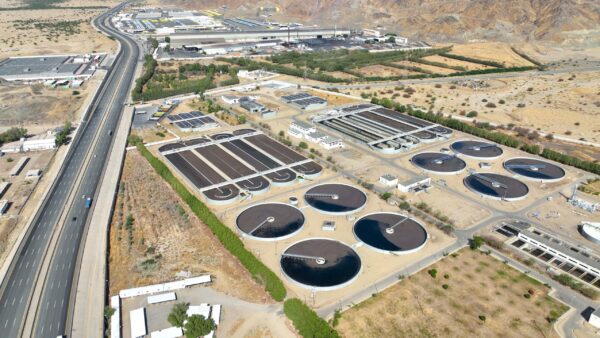

As COVID-19 begins to recede in many parts of the world, facilities managers are adapting to the long-term “new normal” of the post-pandemic environment. This new normal follows the largely successful battle facilities managers waged against the virus to keep their buildings and campuses operating safely and to support workers absent from the facility itself but still reliant on systems within the facility to do their work, such as servers and other production equipment.
Today, facilities managers are absorbing a plethora of best practices, lessons learned, and ideas and innovations developed and tested during the pandemic. This includes recommendations and guidance on floor plans and layouts, sanitation measures, and supporting a distributed, or hybrid, workforce. Perhaps the most important factor facilities managers must consider as workers return is the increased emphasis on the heating, ventilation, and air conditioning (HVAC) elements of their buildings.
Prior to COVID-19, HVAC systems’ role in facilities management was central but, at least in most office environments, focused on comfort and efficiency rather than on safety. But post COVID-19, HVAC systems—from their maintenance to their replacement to their functionality—are on the front line of facility cleanliness and worker safety.
Many FM practitioners have created pandemic-based HVAC checklists, for example, and many industry organizations and associations, such as the American Society of Heating, Refrigerating, and Air-Conditioning Engineers in the U.S. and the European Centre for Disease Prevention and Control, both offer impressive libraries for managers to adapt to their specific buildings and missions, from traditional office and corporate campuses to hybrid work environments. These resources are extensive and well worth exploring, and we highly recommend integrating these ideas into your post-pandemic FM practice.
That said, there are more general considerations every facilities manager should include when developing their specific HVAC management plan, regardless of facility type, location, or mission. These considerations are:
However, although High Efficiency Particulate Air (HEPA) filters have demonstrated good performance stopping COVID-19 particles, HEPA filters may not be required for many common office and corporate spaces. Relatedly, a relative humidity of 40–60% helped to limit the spread COVID-19 within closed spaces, so FM may wish to ensure their HVAC systems can achieve this threshold—but even new buildings with state of the art HVAC systems rarely exceed 40% relative humidity, and older systems often cannot exceed much lower levels. The takeaway for facilities managers is explore filtration alternatives, and choose the best solution for your space.
As facilities managers, we have a responsibility to those who use our buildings, campuses, and the entire gamut of other spaces HVAC and other systems support. This responsibility is, in fact, part of the core mission of facilities management. However, in a post-pandemic environment, this responsibility now extends beyond the spaces we manage as an airborne virus or other contagion can spread from our facilities into the wider world, impacting entire cities, regions, and beyond. A robust, well considered HVAC system management and maintenance plan can be the central tenet of a facility well-prepared to weather the next outbreak and to protect not just our users, but our communities as well.
Hossam Mohammed Harfoush is a Facilities Management Project Director with more than 25 years of experience in the operations and construction industry. His expertise includes project and construction management, management consultancy, specifications engineering, mechanical engineering, health and safety, and QA/QC on major projects for global companies in Egypt, Qatar, Kuwait, and the United Arab Emirates.
Rami Moustafa Elbadawi is a Civil Engineer and Facilities Management Director with more than 15 years of experience in the construction and facility management industry. He has a proven record of managing large facility management for major projects in the United Arab Emirates and Egypt including headquarters, schools, government buildings, and residential projects.
Share

June 23, 2025 | Articles
Jeffrey Hurley Joins Hill’s Northern California Rail Practice

June 23, 2025 | Articles
Ready, Set, Grow: First VP Chad Koelling Takes Charge of Hill’s Mountain West Region

June 8, 2025 | Articles
PMO in Saudi Arabia: The Holistic Approach to Realizing a National Mega-Portfolio

June 1, 2025 | Articles

May 26, 2025 | Articles

May 12, 2025 | Articles
Keeping Your Water/Wastewater Programs Flowing with Public Relations

April 27, 2025 | Articles
Oiling the Machine: Steps to Successful Permitting on Infrastructure Megaprojects

April 20, 2025 | Articles
Sustainable Scaling: Solutions for Managing Risk on Europe’s Data Center Projects